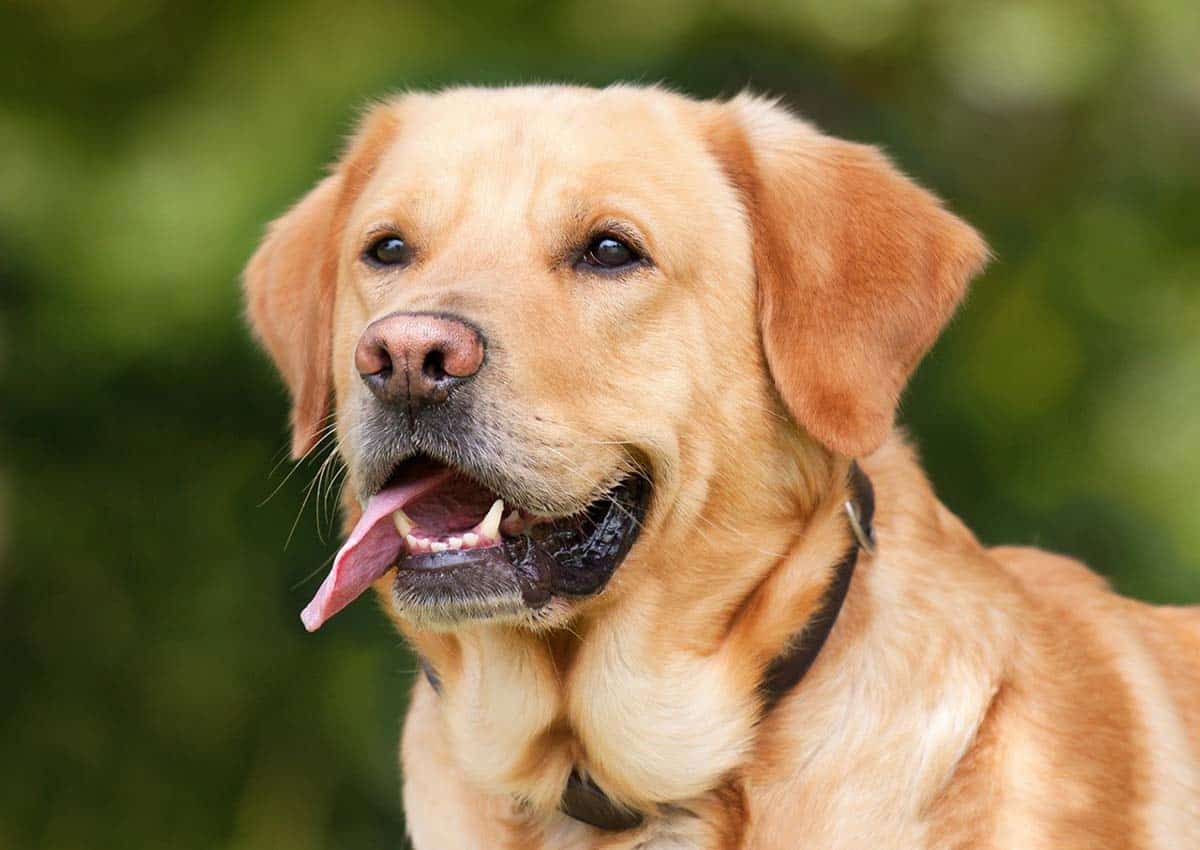
As a pet owner, you feel sad when you notice your older dog slowing down. Joint stiffness is most noticeable first thing in the morning, or when they get up from a nap. It hurts us to know that they are experiencing discomfort, and we want to do whatever we can to ease their pain.
When you first notice your dog exhibiting signs of joint stiffness, schedule a check-up with your veterinarian. Stiffness and arthritis are common as a dog starts to age, but you want to ensure there is nothing else going on with your dog’s health.
After you have your dog checked by your veterinarian, there are steps you can take to help reduce your dog’s discomfort.
- Start a daily regiment of joint chews for dogs. The chews should provide a daily dose of joint supplements that help protect a dog’s joints from further damage from wear and tear.
- Make sure your dog is at a healthy weight. If your pet is overweight, it will increase the rate of damage to their joints. Make sure your dog is given a measured amount of high-quality food, and that they continue to get low impact exercise.
- Exercise is vital once your dog starts to experience joint stiffness. Without exercise, the joints will become even stiffer, and lack of movement can lead to a severe decline in overall health. Provide as much low impact exercise as possible, such as walks, swimming, or anything else that your dog enjoys. Avoid having your dog jump by fashioning a ramp or steps.
- Slick floors or icy surfaces can make it easy for your older dog to slip as they try to walk or run. Keep your dog off of icy surfaces, and provide carpet runners to prevent them from slipping on floors. Slipping can cause severe damage to your pet’s joints, so it is worth taking easy preventative measures.
- Keep their nails trimmed. As your dog slows down with age, they may need their nails trimmed more frequently. Normal play, running, and digging might have once kept their nails at a healthy length, but age can slow those activities. Overly long nails change the way a dog walks and can cause arthritis in various parts of their bodies.
- Provide them with an orthopedic bed. As a dog’s body ages, lying on the floor or a bed without the proper support can add to the stiffness they feel, making it harder to get up and down.
- Swimming is an excellent exercise for older dogs. If you have a place that is safe for your dog to swim, or play in the water, take advantage of it. If there is not a place close by, discuss hydrotherapy with your veterinarian. As with humans, water provides resistance exercise that is low impact, which reduces wear on joints.
- Use heat packs on areas that seem to generate pain. The heat helps relax muscles and can reduce stiffness. Encourage your dog to lay in a comfortable place and place the heat pack over the area where you think the pain originates.
It may take some encouragement at first, but as your dog learns that it reduces pain, they may come to enjoy the heat packs. Make sure that the heat packs are safe, and check that they are not too hot. If your dog enjoys bath time, you can also encourage them to soak in a warm bath. Just make sure not to overdo baths as they can dry out your dog’s skin, leading to itching.
- Cold can also help reduce inflammation meaning ice packs can help as well. Ice can be used in the same way as heat. Try both and identify which seems to provide your dog with the most relief.
If your dog’s pain seems to be increasing and is not controlled with natural remedies, discuss medication options with your vet. NSAIDs formulated for dogs can help treat pain, but they have side-effects. Make sure you discuss the potential side effects with your vet and use medication only when necessary to ease your dog’s discomfort.
You May Like These Ones As Well:








